Not only considered a specialty to cool down and relieve indigestion after Tet, sau sau vegetable is also favored by Lang Son people because of its affordable price and many wonderful health benefits.
Young sau sau leaves are a familiar wild vegetable that appears a lot in some northern provinces such as Lang Son, Cao Bang, Bac Kan ..., and are used by local people as an ingredient in food processing.
In Lang Son, young sau sau leaves are also considered a spring specialty, attracting customers to buy and enjoy.
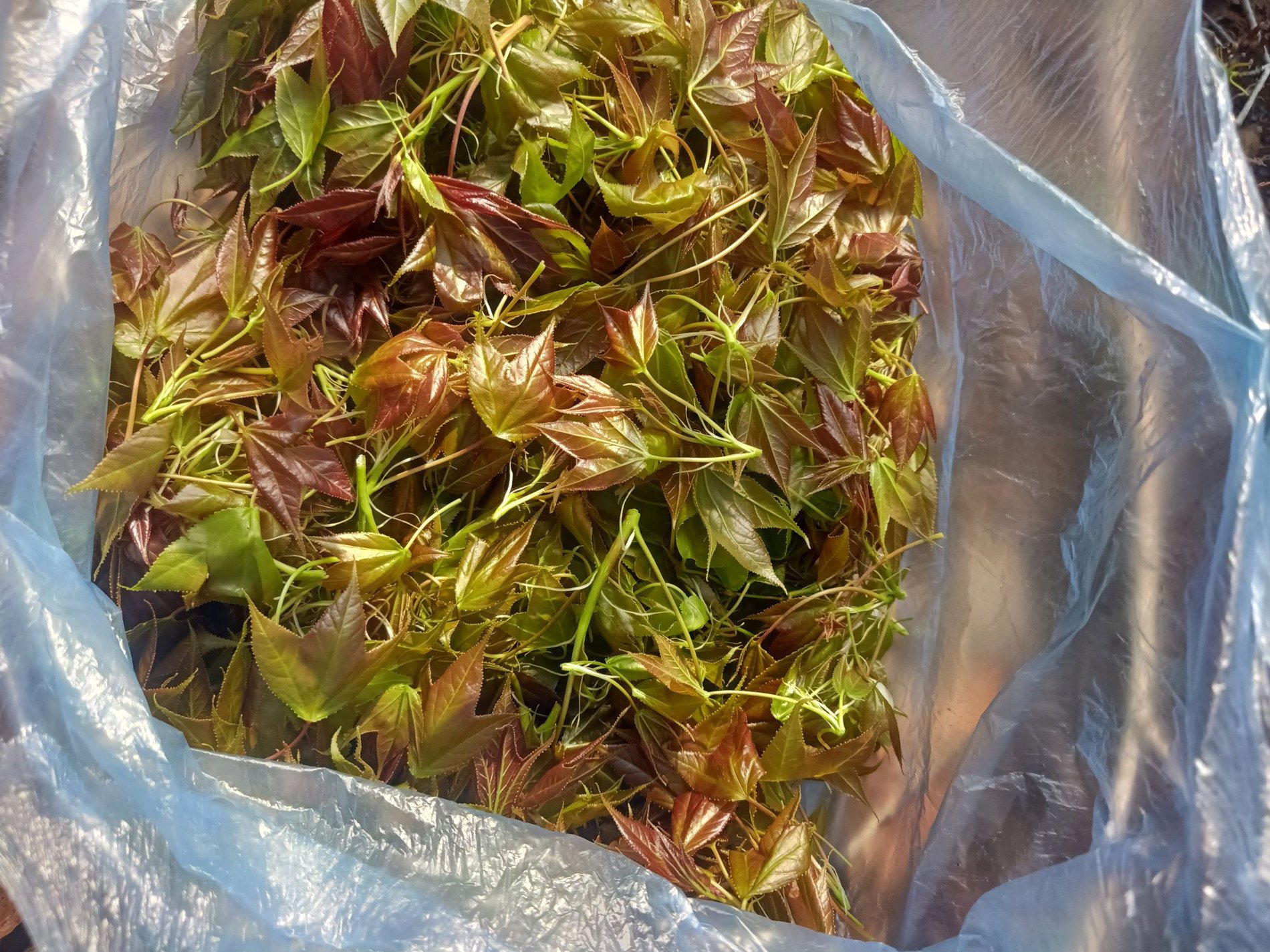
Ms. Do Thuy (Cao Loc district) said that in Lang Son, Sau Sau trees are found in most districts but are concentrated in some localities such as Van Quan, Cao Loc, Binh Gia...
This is a woody plant that grows naturally, also known as white sau sau, phong huong or bach giao huong... Because the tree trunk is tall, the locals have a hard time harvesting young sau sau shoots to sell or make food.
Ms. Thuy said that young sau sau leaves are often abundant around January, when the weather gradually turns from cold to warm and there is a little drizzle in early spring.
At this time, local people start to go into the forest to harvest young leaves of the Sau Sau tree. After harvesting, they tie them into bundles and sell them along the road or in the local markets at prices ranging from 7,000 to 10,000 VND/bundle.
“In Lang Son, there are two types of sau sau: green leaves and purple leaves. However, the purple leaf type is more popular, with a characteristic slightly bitter taste,” she shared.
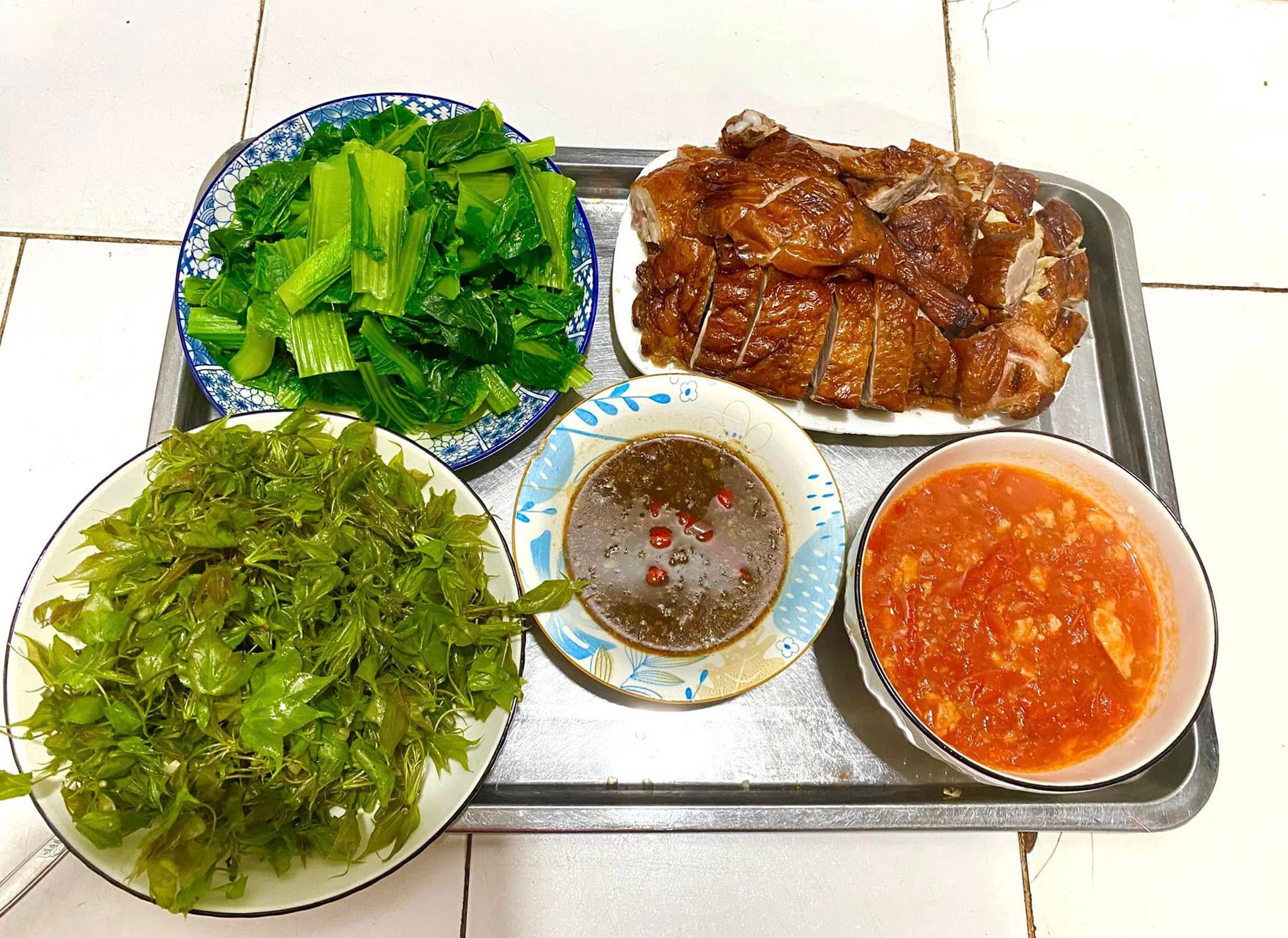
This woman added that young sau sau leaves are used as a raw vegetable and rarely stir-fried or cooked. Because they are wild vegetables picked from tall trees, sau sau leaves are quite clean, just need to be washed with water and can be eaten immediately, no need for elaborate processing.
For Lang Son people, young sau sau leaves are best eaten raw, dipped in me - a special sauce that is unlike anywhere else.
Ms. Thuy said that the dipping sauce with young sau sau leaves is made from many ingredients and spices.
Accordingly, people saute chopped shallots, then add tomatoes and stir-fry, mash well until the tomatoes are soft and smooth, creating a very smooth mixture.
Next, add the filtered sour water and season to taste. Finally, add the canned meat and cook together, wait for the sauce to simmer for 3-5 minutes.
When eating, people pour the sauce into a large, thick bowl to keep it warm, and can add some chili and pepper. Because this dish uses a lot of sauce, people often make the bowl of sauce as big as the soup bowl.
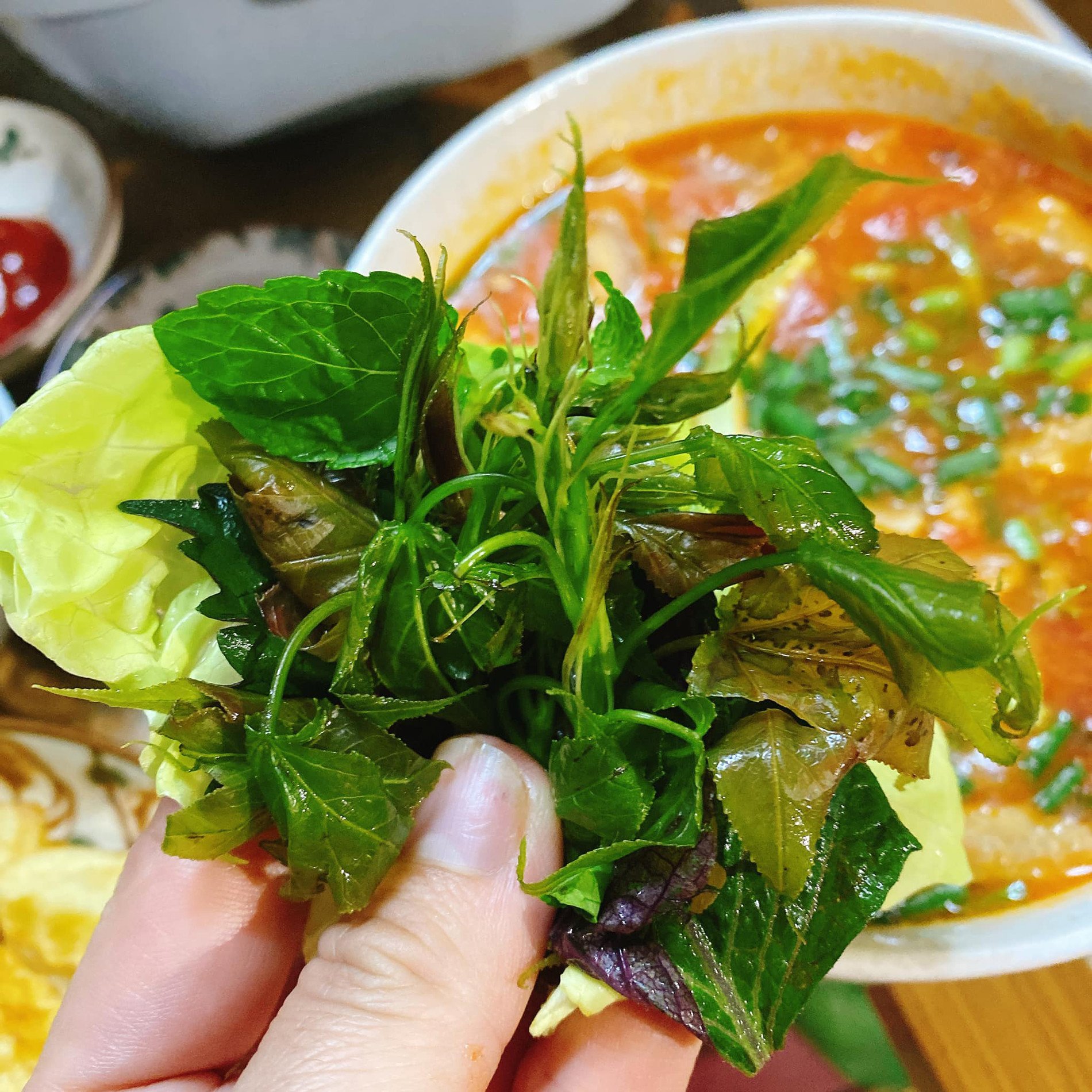 | 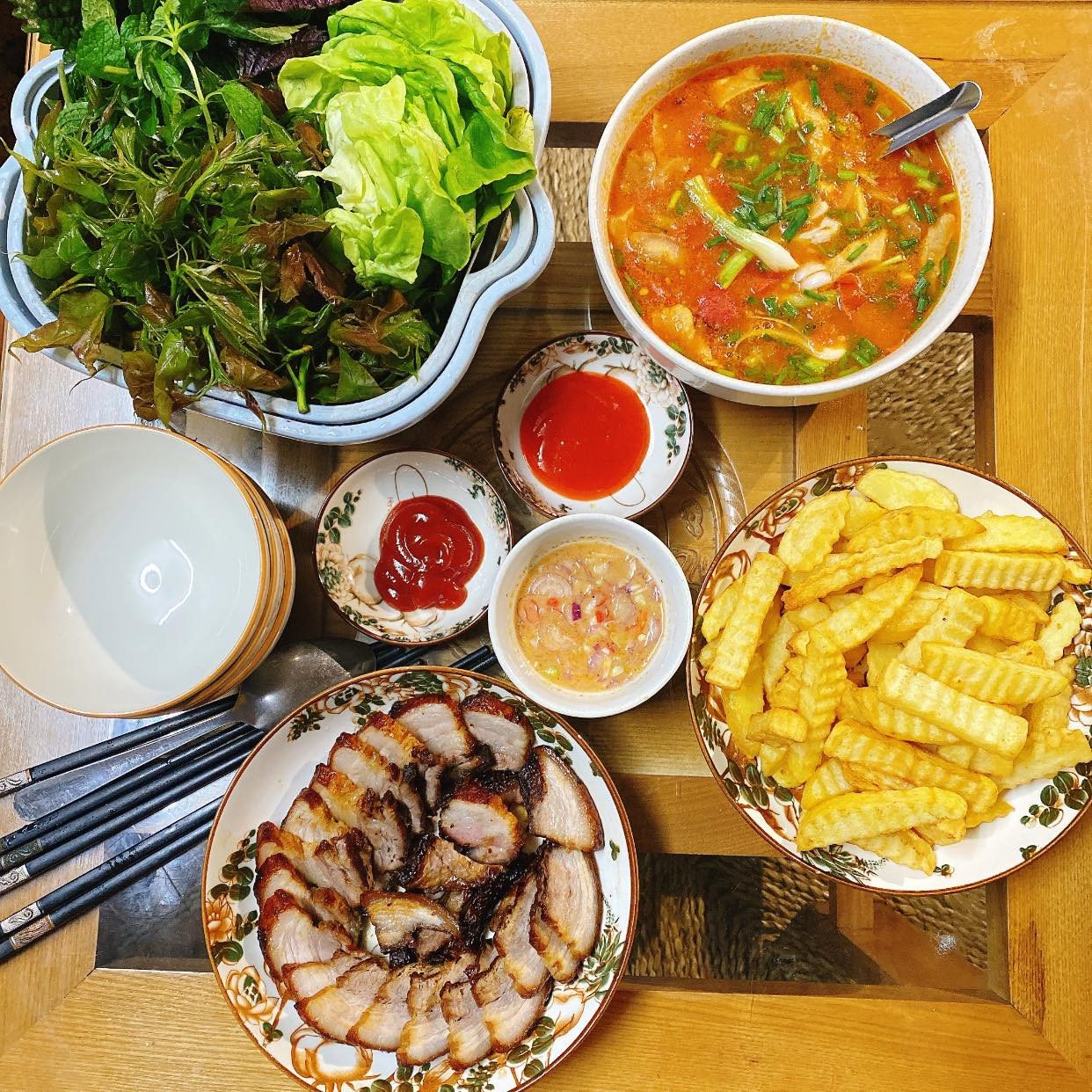 |
Ms. Thanh Nga (in Hanoi ) who enjoyed sau sau shoots with fermented rice sauce in Lang Son commented that the dish has a unique, refreshing taste, suitable to relieve the feeling of fullness after meals and parties at the beginning of the year.
“The slightly bitter taste of young sau sau leaves blends with the sour taste of rice vinegar and the fatty taste of canned meat, creating an extremely interesting dish, appealing to both adults and children,” Ms. Nga said.
This woman also revealed that, in addition to being eaten raw with fermented rice, young sau sau leaves can also be made into hot pot dishes and can replace other familiar hot pot vegetables.
Besides, around February and March of the lunar calendar, when the young leaf season is over, Lang Son people also use old leaves to make black sticky rice, which is equally attractive.
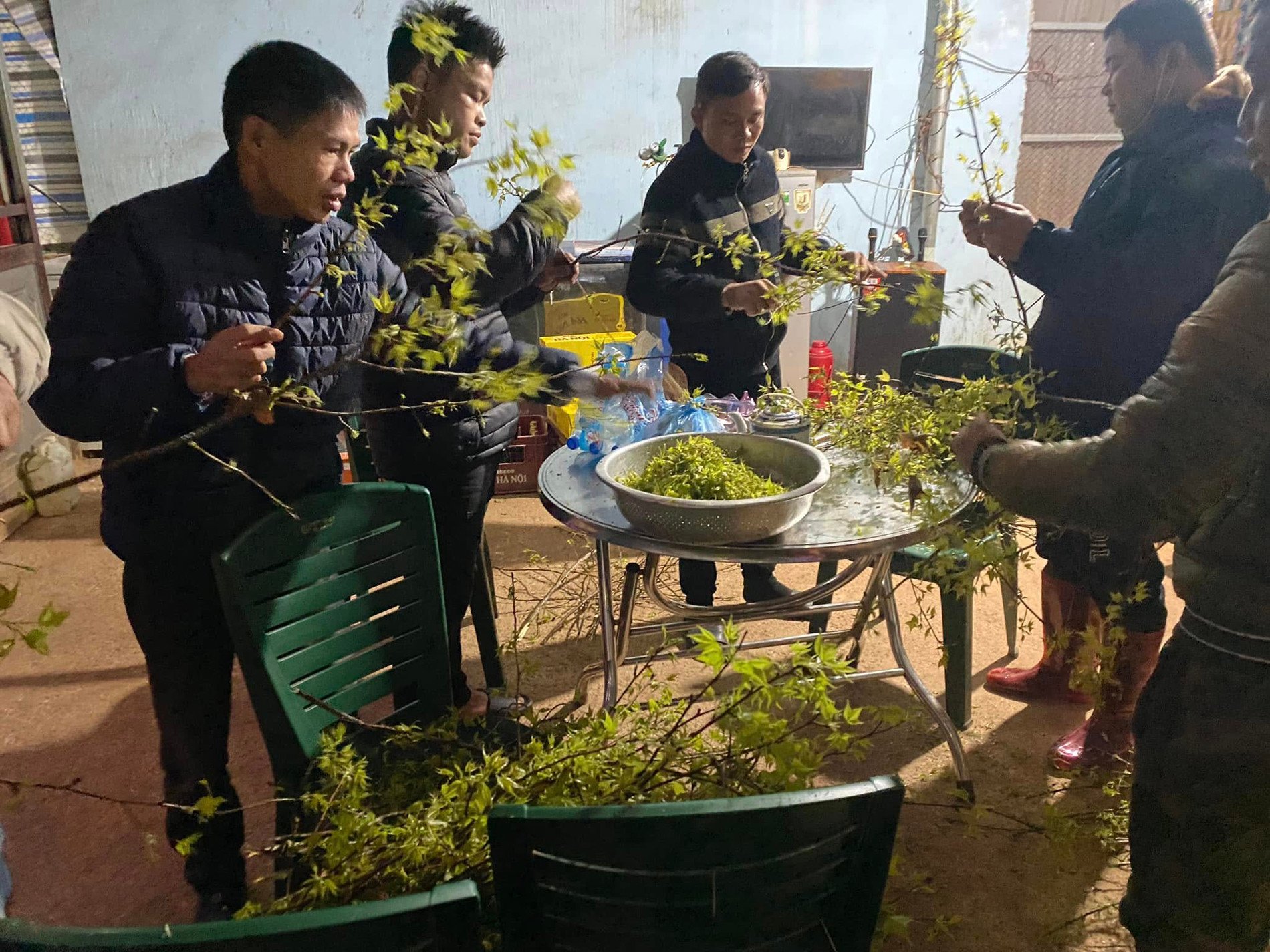
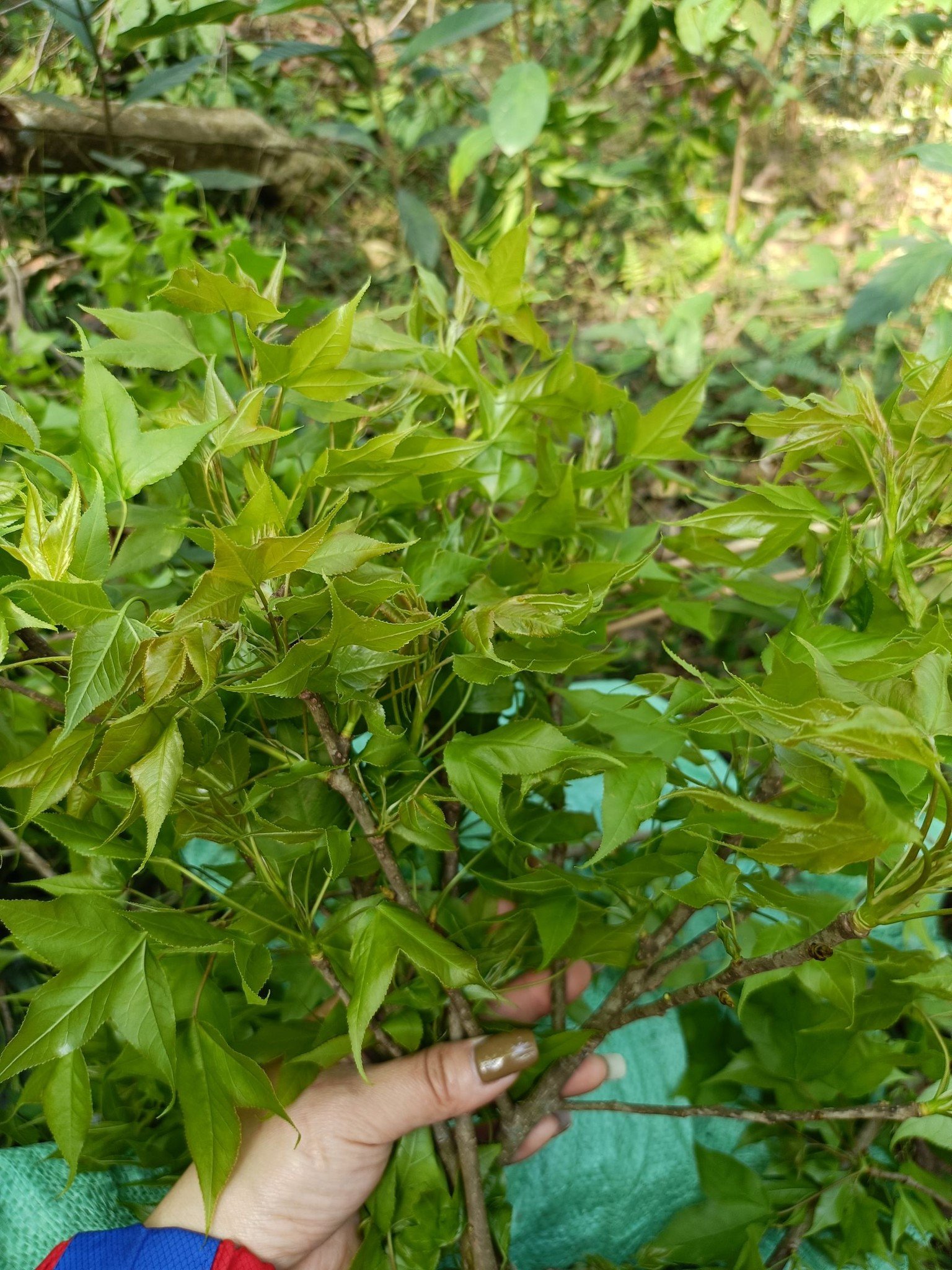 |  |
Not only considered a strange specialty from its name to its flavor, sau sau leaves also bring some wonderful health benefits.
According to traditional medicine, sau sau leaves have a bitter taste, neutral properties, help clear heat and detoxify, treat enteritis, epigastric pain, hemoptysis, nosebleeds... or treat coughs and skin rashes.
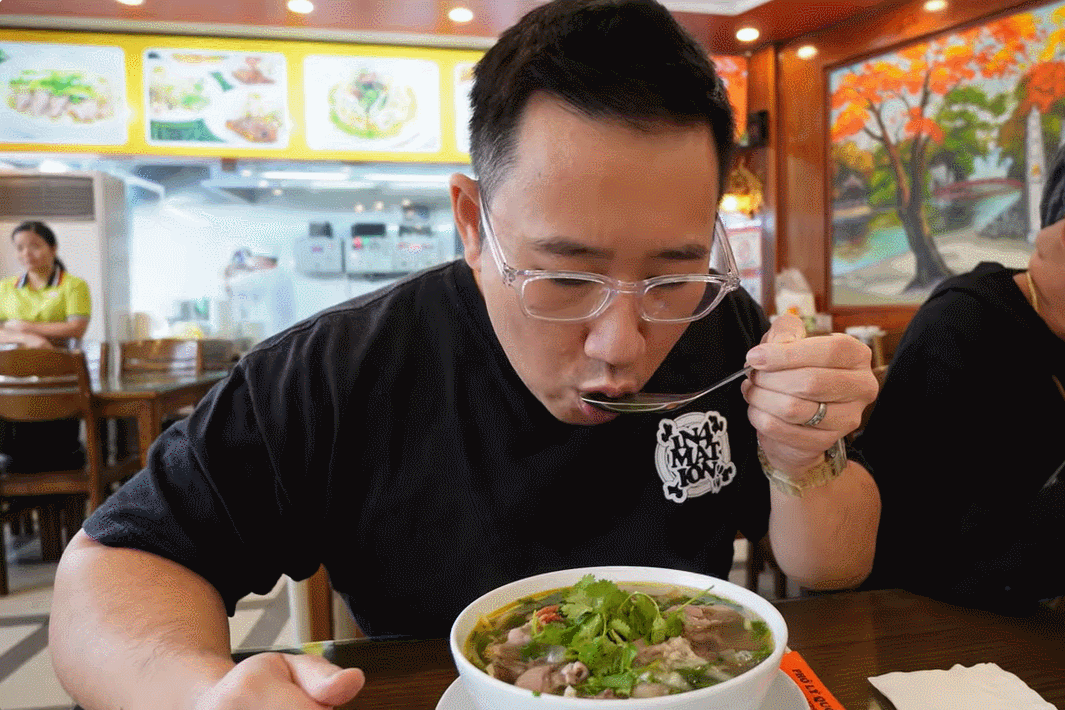
Source: https://vietnamnet.vn/dac-san-ten-la-o-lang-son-duoc-vi-nhu-than-duoc-chi-xuat-hien-dip-dau-nam-2373895.html







![[Photo] Parade to celebrate the 50th anniversary of Laos' National Day](/_next/image?url=https%3A%2F%2Fvphoto.vietnam.vn%2Fthumb%2F1200x675%2Fvietnam%2Fresource%2FIMAGE%2F2025%2F12%2F02%2F1764691918289_ndo_br_0-jpg.webp&w=3840&q=75)
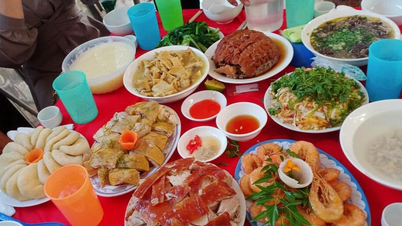
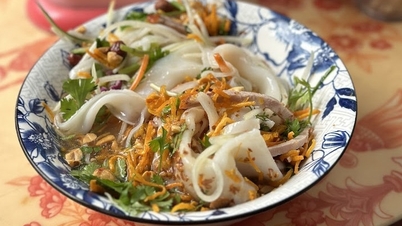
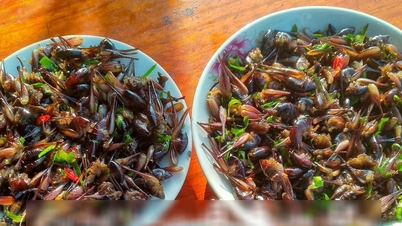







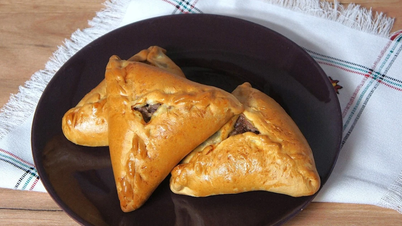

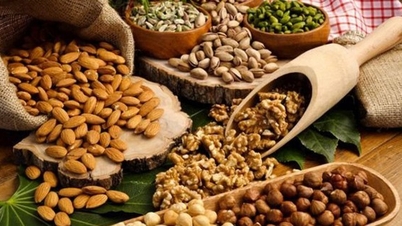
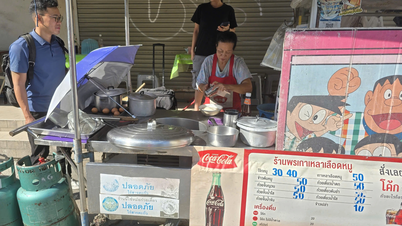

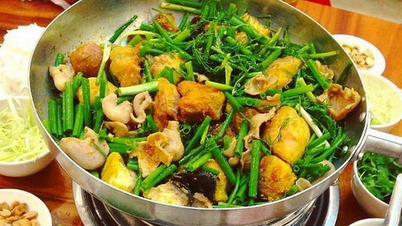










![[Photo] Worshiping the Tuyet Son statue - a nearly 400-year-old treasure at Keo Pagoda](/_next/image?url=https%3A%2F%2Fvphoto.vietnam.vn%2Fthumb%2F1200x675%2Fvietnam%2Fresource%2FIMAGE%2F2025%2F12%2F02%2F1764679323086_ndo_br_tempimageomw0hi-4884-jpg.webp&w=3840&q=75)
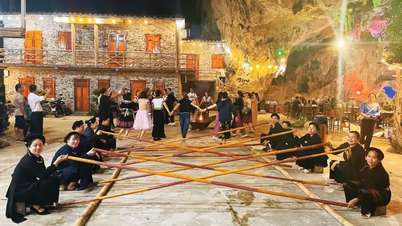



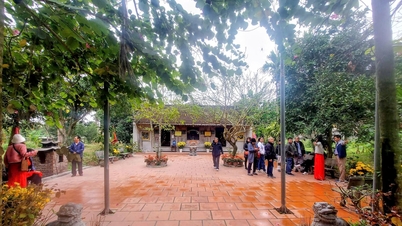













































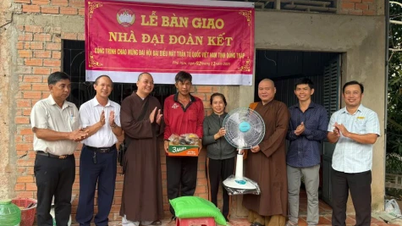





















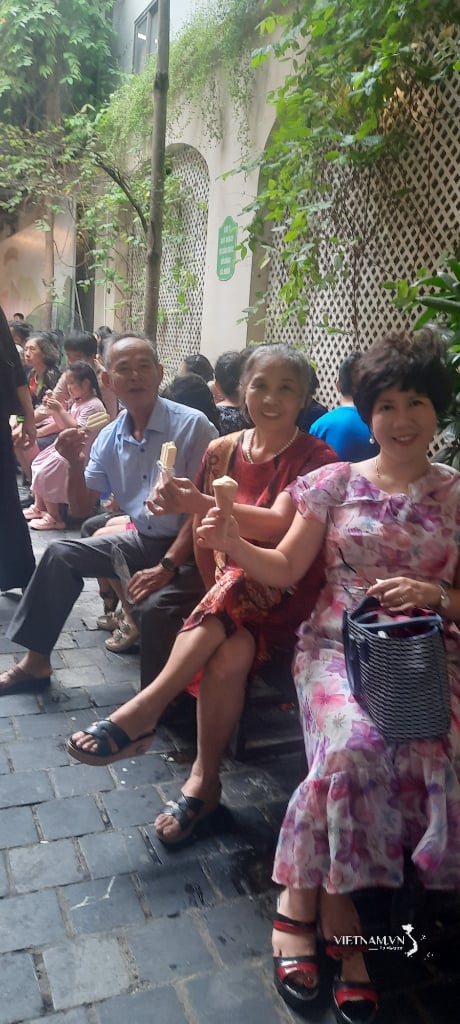



Comment (0)